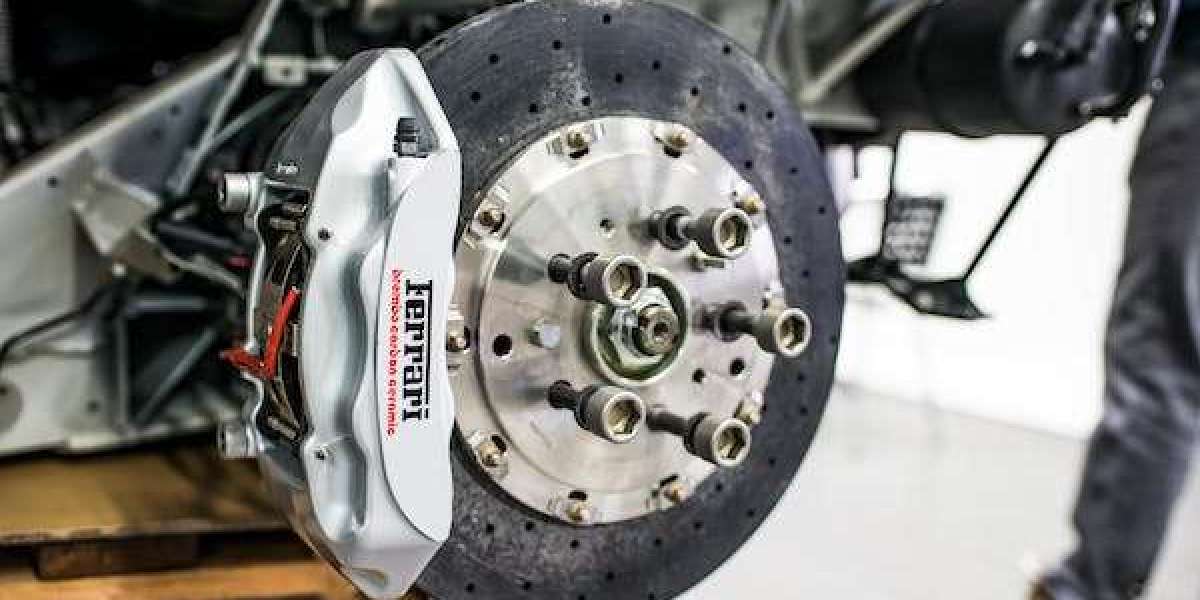Higher Data Rates: Wi-Fi 6 supports faster data rates compared to previous generations, with theoretical maximum speeds reaching up to 9.6 Gbps. This enables smoother streaming of high-definition content, faster file transfers, and improved overall network performance.
Increased Capacity: Next-generation Wi-Fi advanced techniques such as orthogonal frequency-division multiple access (OFDMA) and multi-user multiple input, multiple output (MU-MIMO) to support more simultaneous connections and devices. This helps alleviate network congestion in environments with a high density of connected devices, such as offices, campuses, and public venues.
Improved Efficiency: With the introduction of target wake time (TWT) and other power-saving mechanisms, Wi-Fi 6 enables more efficient use of battery-powered devices, such as smartphones, tablets, and IoT devices. This results in extended battery life and reduced energy consumption for connected devices.
Better Performance in Challenging Environments: Wi-Fi 6 features improved performance in challenging wireless environments, such as crowded urban areas or buildings with dense walls. The use of wider channels and advanced signal modulation techniques helps maintain reliable connections and deliver consistent throughput even in adverse conditions.
Low Latency: Wi-Fi 6 reduces latency and improves responsiveness, making it ideal for latency-sensitive applications such as online gaming, video conferencing, and real-time streaming. This is achieved through the introduction of technologies like basic service set (BSS) coloring and transmit beamforming, which enhance signal quality and reduce interference.
Backward Compatibility: While Wi-Fi 6 introduces several new features and enhancements, it remains backward compatible with previous Wi-Fi standards (802.11a/b/g/n/ac). This ensures seamless interoperability with existing devices and networks, allowing for a smooth transition to the new standard without the need for costly infrastructure upgrades.
Applications and Use Cases
High-Density Environments: Wi-Fi 6 is well-suited for environments with a large number of connected devices, such as corporate offices, conference centers, and stadiums, where reliable connectivity and high performance are essential.
IoT Deployments: The increased capacity and efficiency of Wi-Fi 6 make it ideal for IoT deployments, enabling the seamless connectivity of a wide range of smart devices and sensors in smart homes, industrial settings, and smart cities.
Mobile Connectivity: Wi-Fi 6 enhances the mobile connectivity experience, offering faster speeds, better coverage, and improved battery life for smartphones, tablets, and other mobile devices.
Emerging Technologies: Wi-Fi 6 lays the foundation for emerging technologies such as augmented reality (AR), virtual reality (VR), and 4K/8K video streaming, providing the bandwidth and performance required for immersive experiences and high-resolution content delivery.
In conclusion, next-generation Wi-Fi (Wi-Fi 6) represents a significant advancement in wireless networking technology, offering higher speeds, increased capacity, improved efficiency, and better performance in challenging environments. With its wide range of applications and use cases, Wi-Fi 6 is poised to drive the next wave of innovation and connectivity in the digital age.
For more info. visit us:








